A look back at the early days of rock and roll
Welcome to the exciting world of rock and roll, a genre that revolutionized the music scene in the mid-20th century. As a cultural phenomenon, it brought a unique blend of sound and style that resonated with the youth of the time. This era wasn’t just about music; it was about an attitude, a rebellious spirit that challenged the norms and inspired generations to come.
The Roots of Rock: Where It All Began
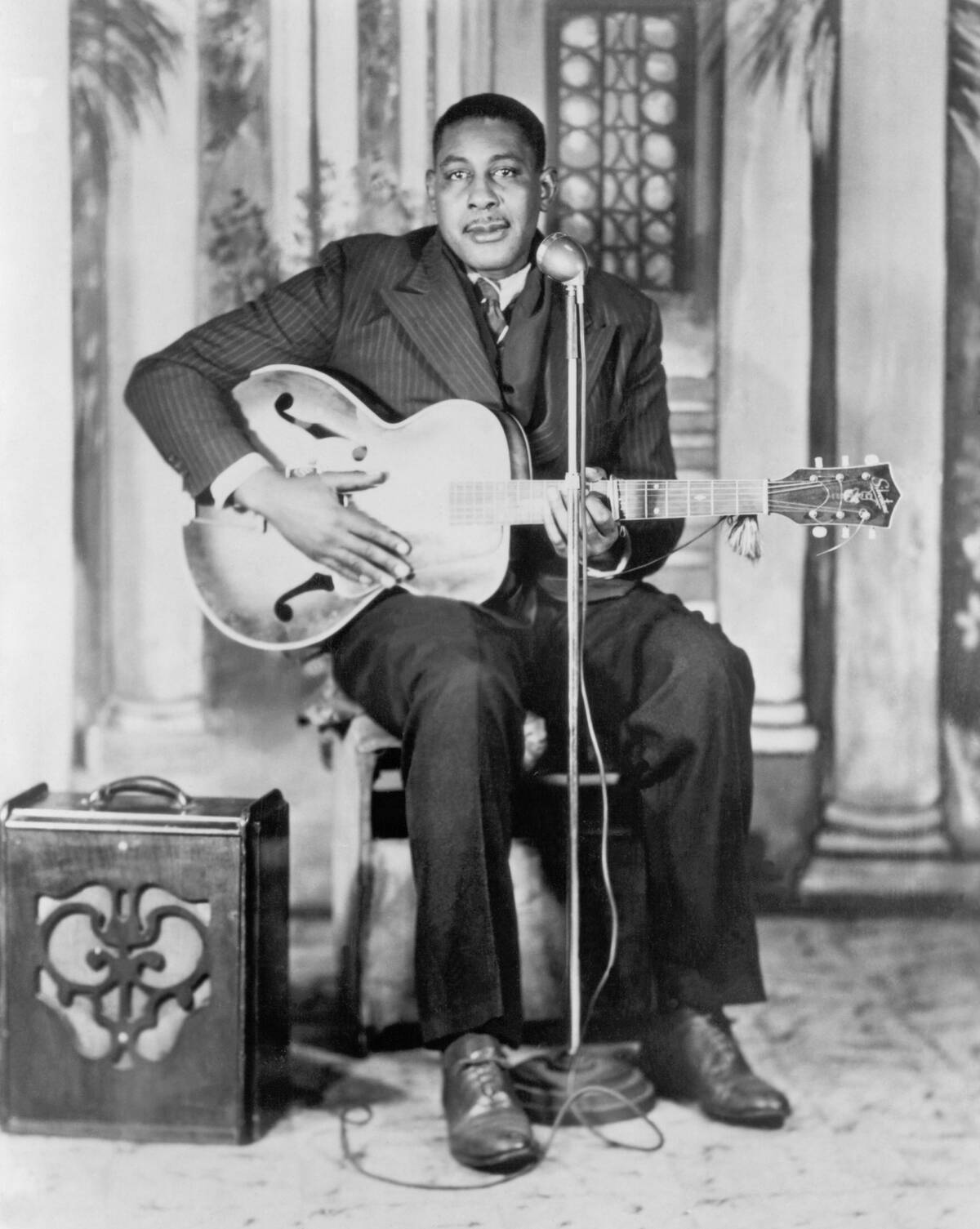
Rock and roll’s roots can be traced back to the late 1940s and early 1950s, drawing from a rich tapestry of musical influences. It emerged from a fusion of genres like blues, jazz, and gospel, creating a sound that was both familiar and groundbreaking. The term ‘rock and roll’ itself was popularized by radio DJ Alan Freed, who used it to describe the uptempo music that captivated a young audience eager for something new.
The Influence of Rhythm and Blues
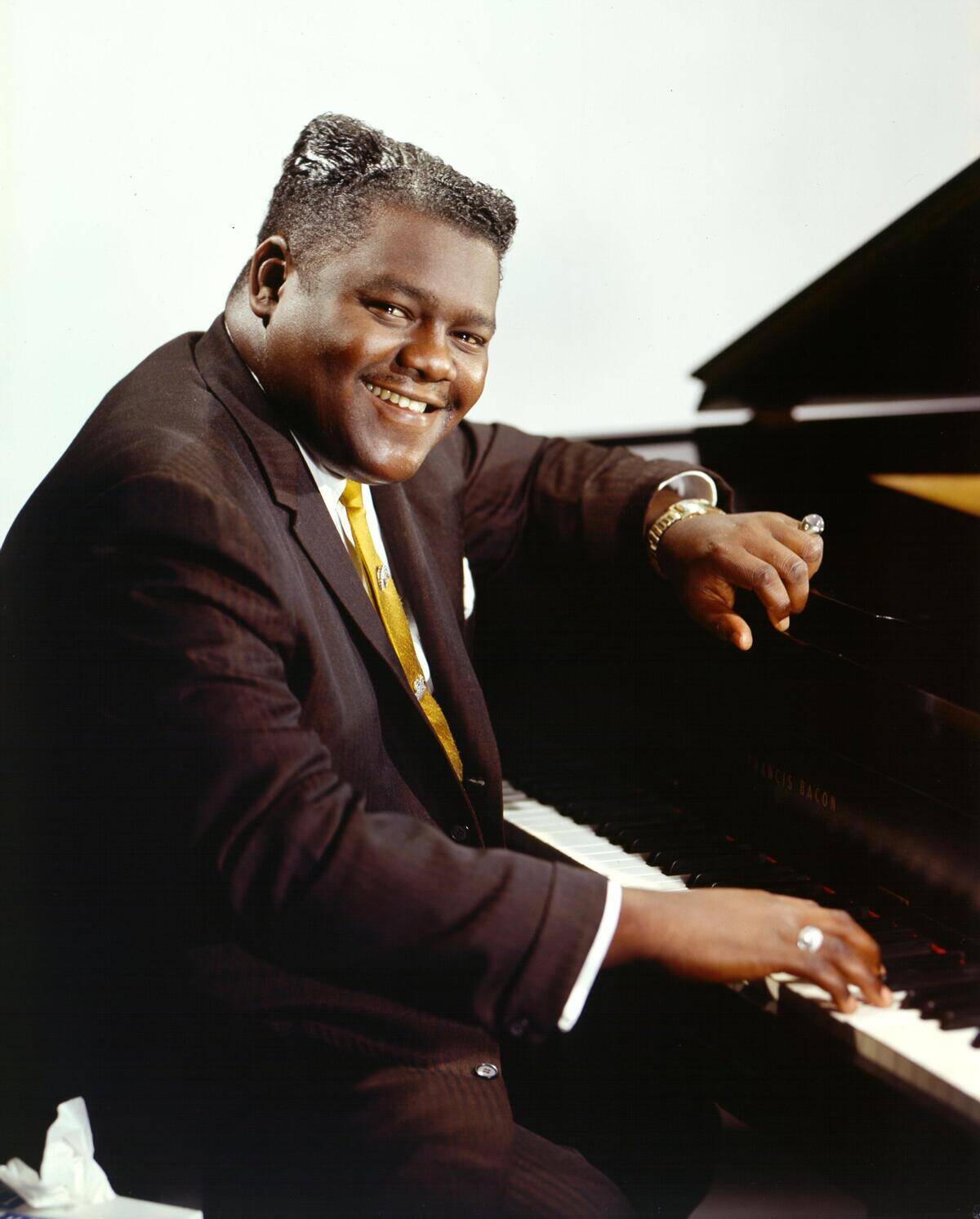
Rhythm and blues were pivotal in shaping rock and roll, providing its backbone with energetic beats and soulful melodies. Artists like Fats Domino and Ray Charles were key figures in this transition, blending swing rhythms with heartfelt lyrics. Their music laid the groundwork for rock’s explosive sound, making it accessible and exciting for a whole new generation ready to embrace change.
Country Music’s Role in Shaping Rock
![[redacted]](https://media.tellmebest.com/wp-content/uploads/2024/05/hank-williams-54779.jpeg)
Country music also played a significant role in the development of rock and roll, contributing its storytelling and twangy guitar sounds. Artists such as Hank Williams and Bill Haley brought a country flair to this emerging genre, blending traditional sounds with new, electrifying energy. This fusion created a unique sound that appealed to a diverse audience, bridging cultural and musical divides.
The Birth of the Electric Guitar Sound
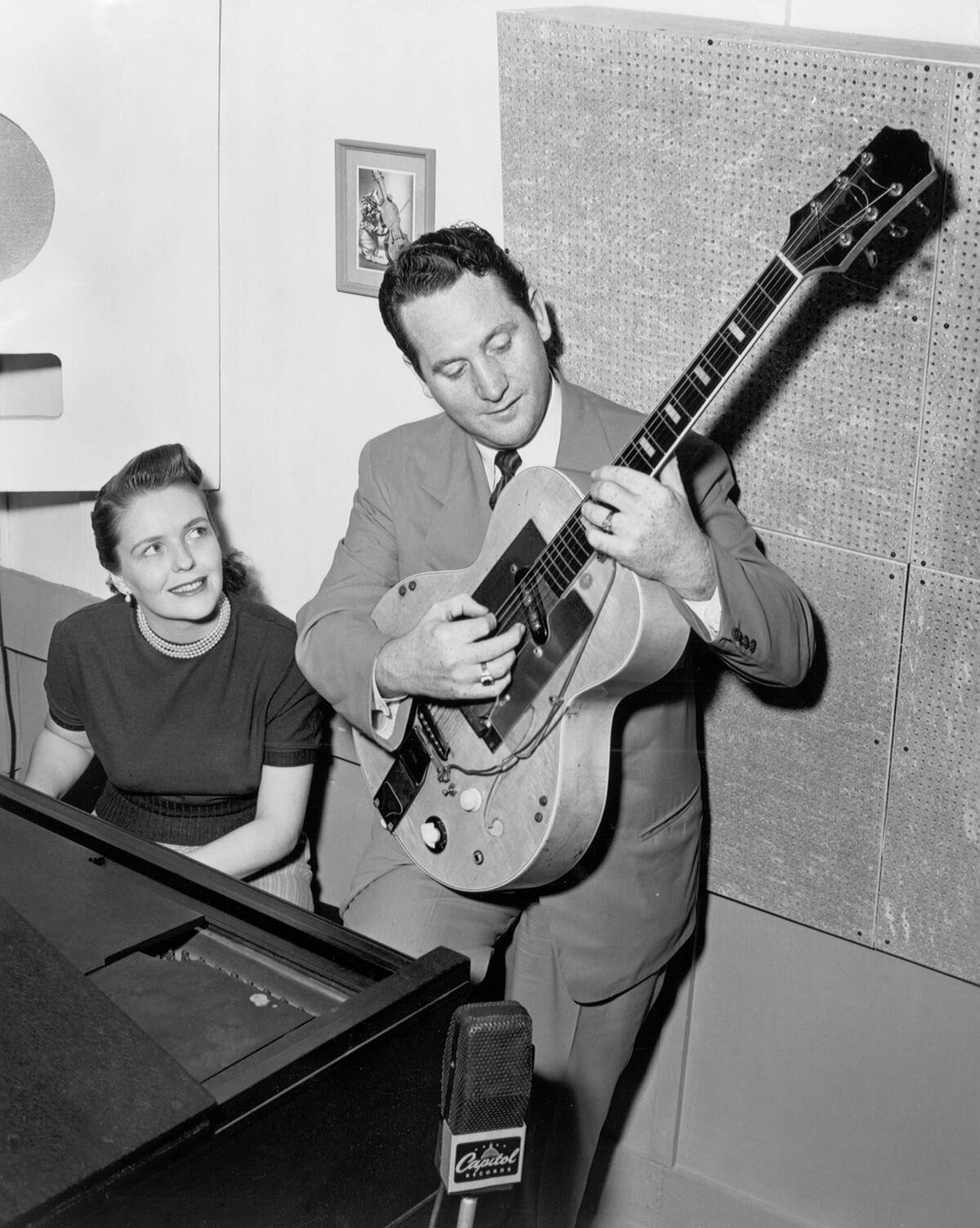
The electric guitar revolutionized rock and roll, giving it a distinctive edge and power. Pioneers like Les Paul and Leo Fender developed the technology that made the electric guitar a staple in rock music. The instrument’s ability to produce bold, amplified sounds allowed artists to experiment with new styles and techniques, fueling the genre’s explosive growth and its enduring legacy.
How Radio and DJs Propelled Rock’s Popularity

Radio and DJs were crucial in bringing rock and roll to the masses, breaking down barriers and reaching a wide audience. DJs like Alan Freed and Wolfman Jack became household names, spinning the latest hits and introducing eager listeners to new sounds. Their charismatic personalities and passion for the music helped propel rock into mainstream culture, making it a dominant force in the entertainment industry.
The Pioneering Figures: Chuck Berry and Little Richard

Chuck Berry and Little Richard were trailblazers in the world of rock and roll, each leaving an indelible mark on the genre. Berry’s innovative guitar riffs and storytelling lyrics laid the foundation for future rock music, while Little Richard’s flamboyant style and energetic performances captivated audiences. Their contributions helped define rock and roll’s sound and spirit, inspiring countless artists who followed in their footsteps.
Elvis Presley: The King of Rock and Roll
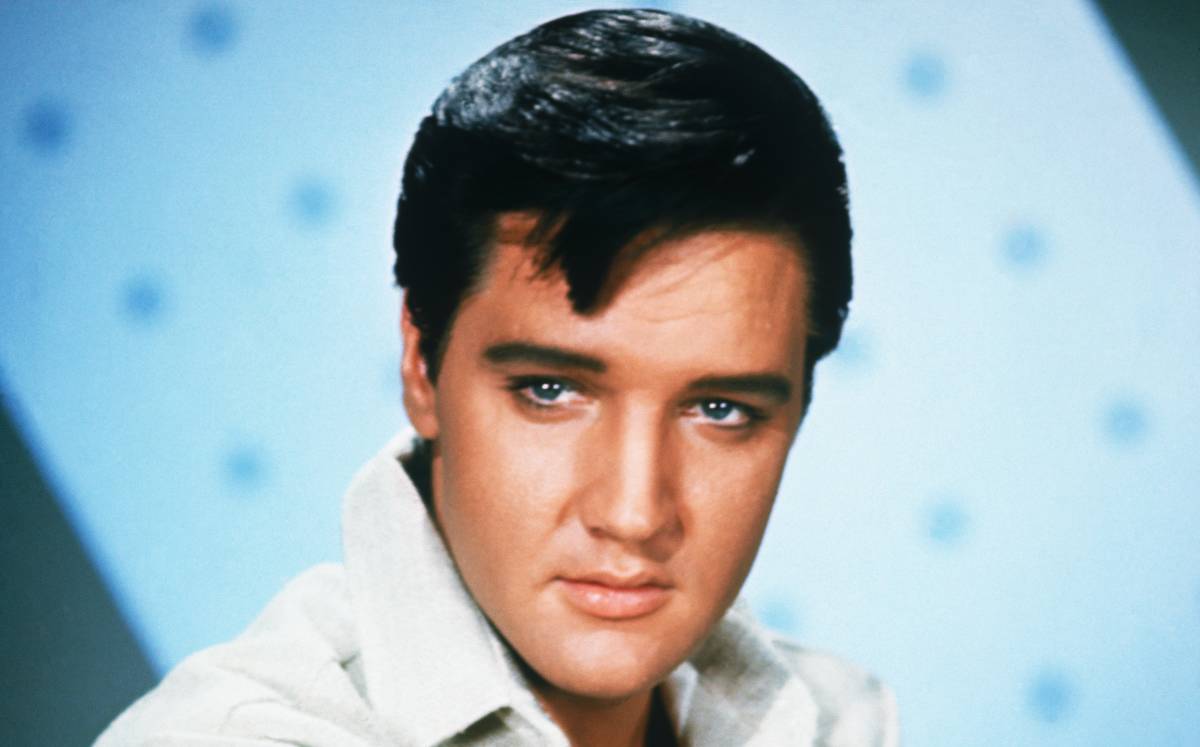
Elvis Presley, often hailed as the ‘King of Rock and Roll,’ brought the genre to unprecedented heights. His charismatic stage presence and unique vocal style made him an icon, attracting fans from all walks of life. With hits like ‘Heartbreak Hotel’ and ‘Jailhouse Rock,’ Elvis became the face of rock and roll, embodying the rebellious spirit and youthful energy that defined the era.
The Impact of Teen Culture on Early Rock
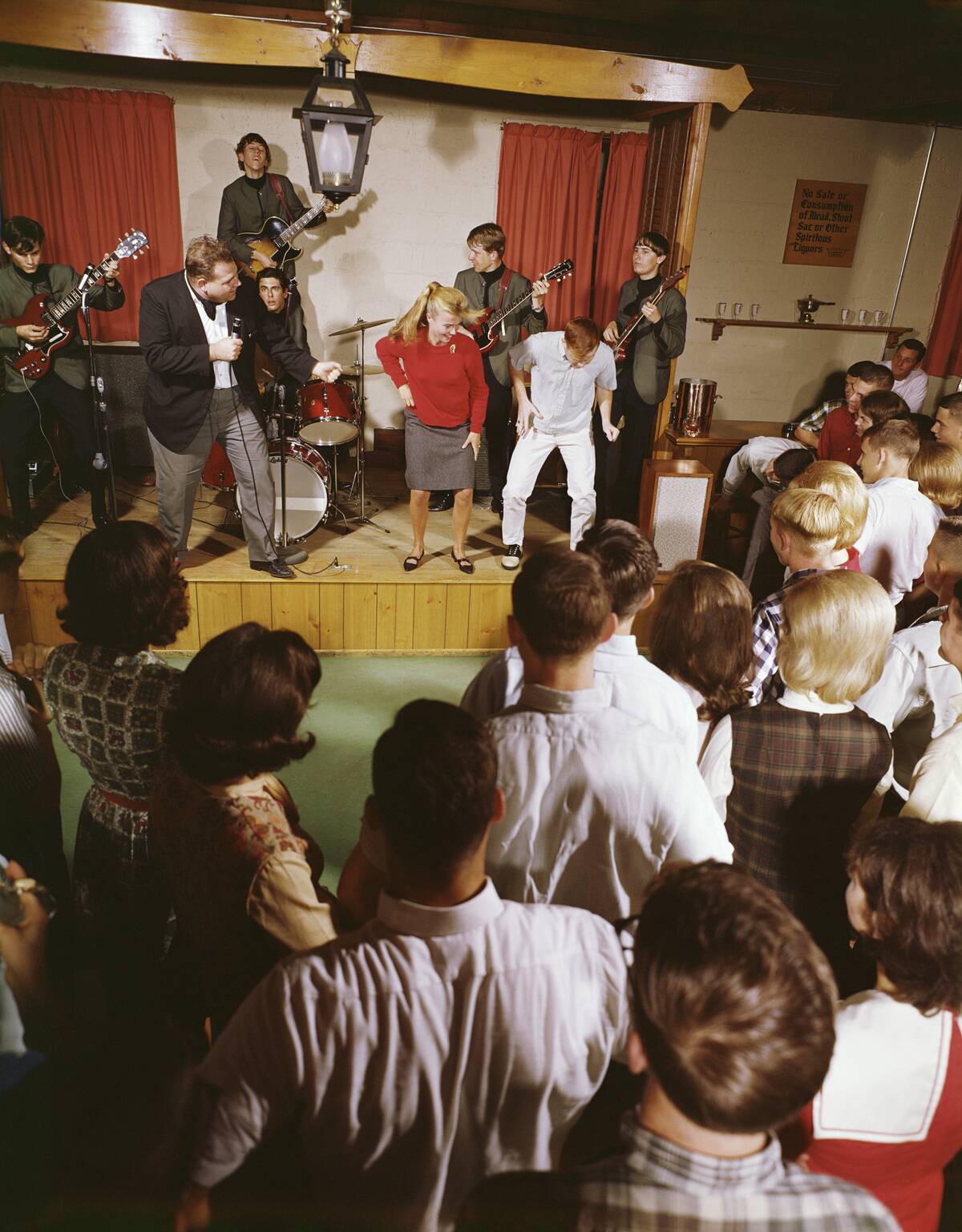
Teen culture played a significant role in the rise of rock and roll, as young people sought music that resonated with their experiences. The post-war generation had disposable income and a desire for self-expression, and rock and roll provided the perfect outlet. This new cultural movement fostered a sense of identity and community among teens, solidifying rock and roll’s place in popular culture.
The Role of Independent Record Labels
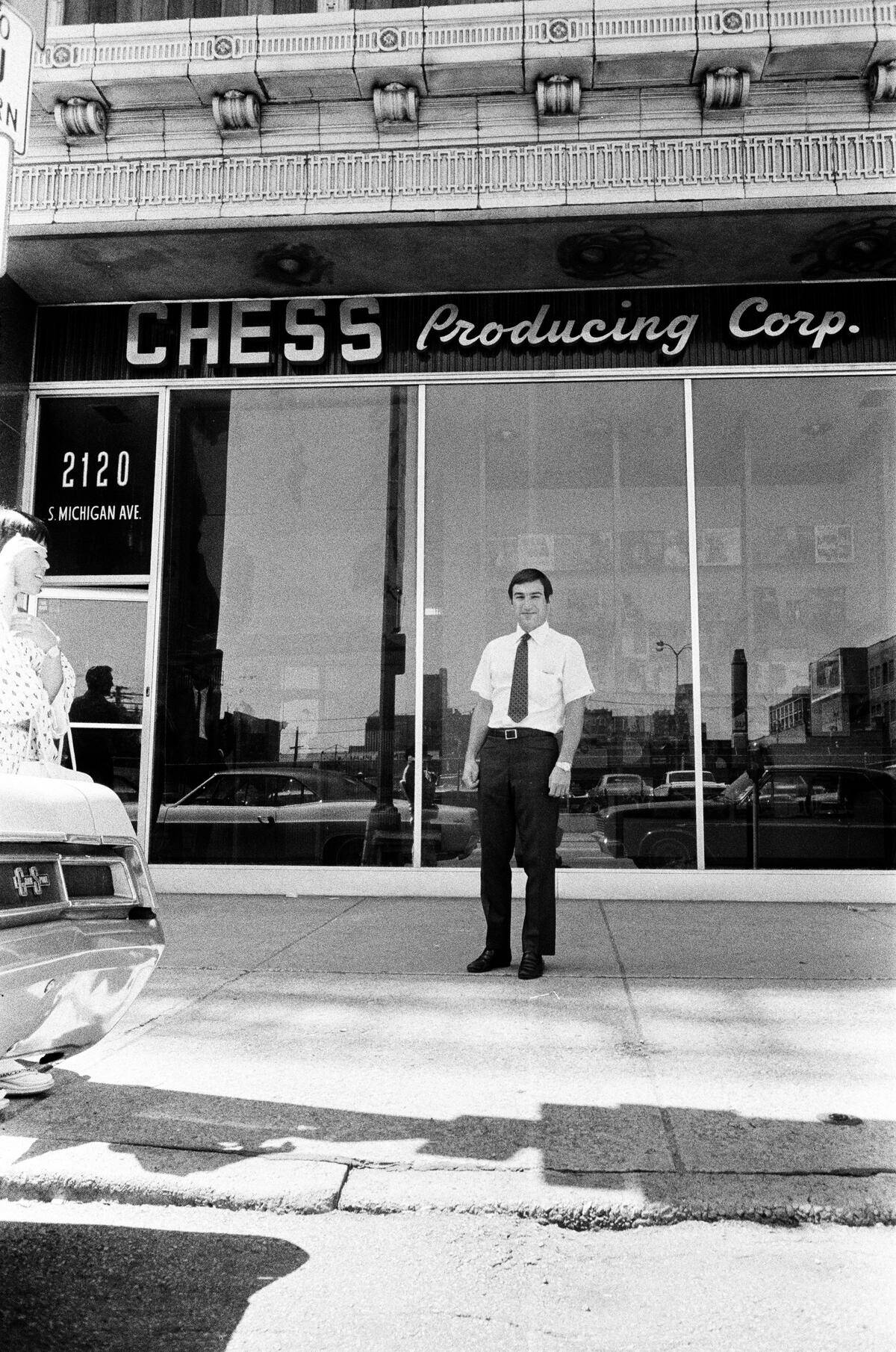
Independent record labels were instrumental in the success of rock and roll, providing a platform for emerging artists. Labels like Sun Records and Chess Records took risks on unknown musicians, giving them the chance to reach wider audiences. These labels nurtured talent and helped shape the sound of rock and roll, proving that creative freedom and innovation could thrive outside the major label system.
The First Rock and Roll Hit: “Rock Around the Clock”
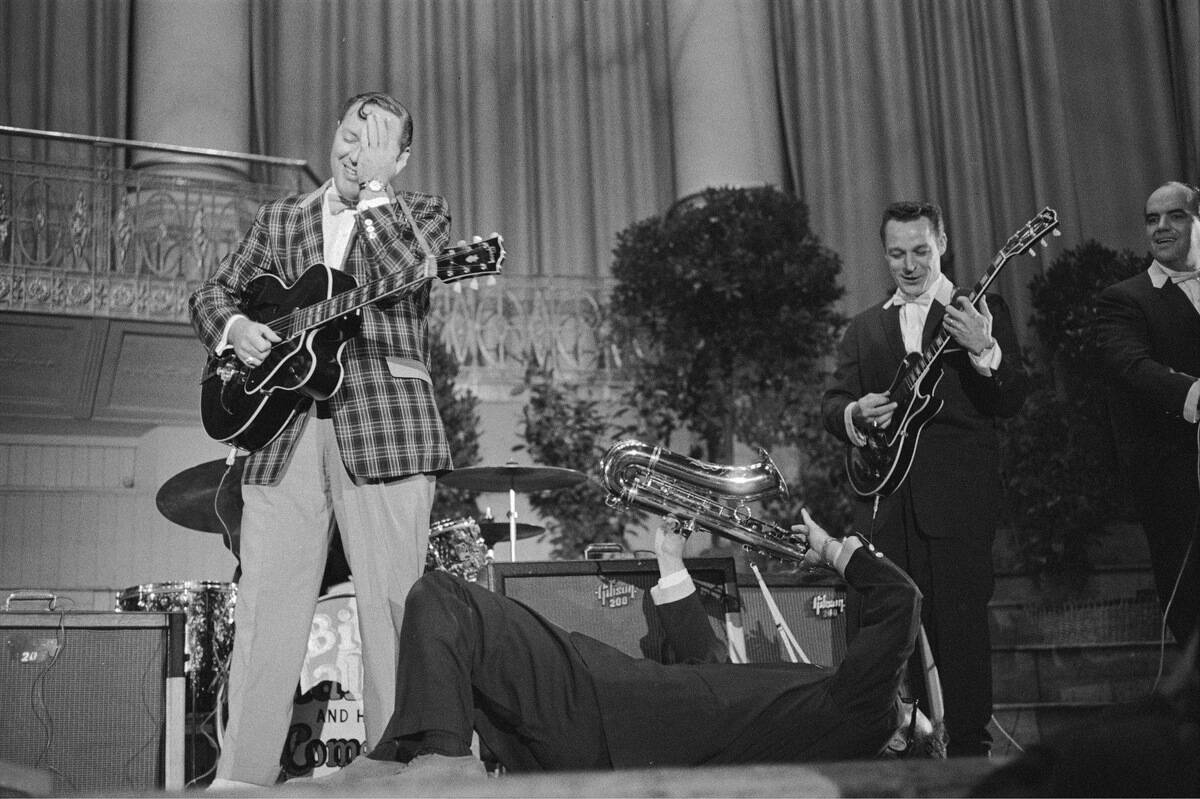
‘Rock Around the Clock’ by Bill Haley and His Comets is often credited as the first rock and roll hit, topping charts in the mid-1950s. Its infectious rhythm and catchy lyrics captured the spirit of the time, sparking a cultural revolution. The song’s success marked the beginning of rock and roll’s mainstream dominance, paving the way for future hits and solidifying its place in music history.
The Role of Dance in Popularizing Rock and Roll
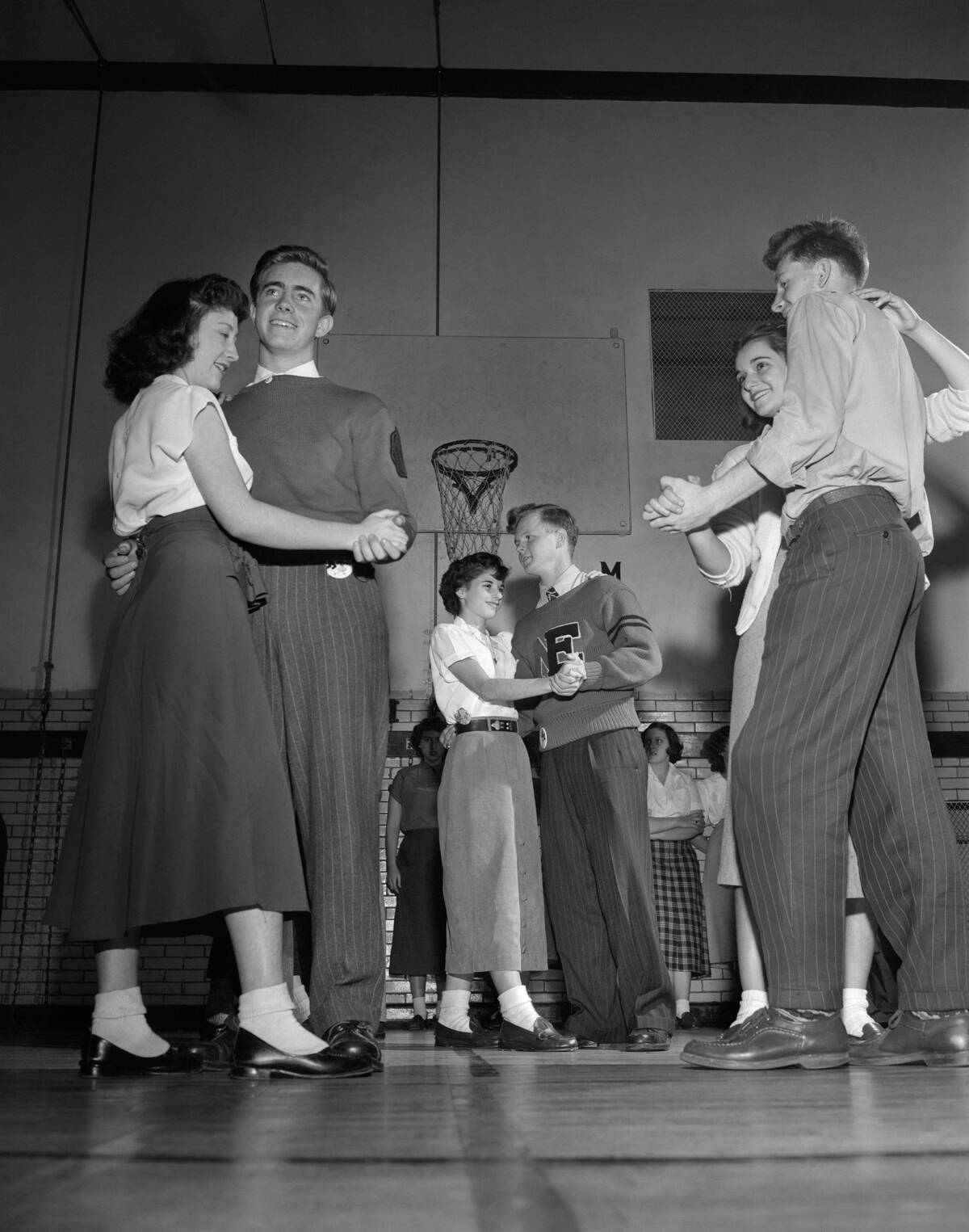
Dance was a key factor in popularizing rock and roll, as the energetic music naturally lent itself to movement. Dance crazes like the Twist and the Jitterbug became synonymous with the genre, drawing people to dance halls and clubs. These lively dances not only brought people together but also helped spread rock and roll’s infectious energy, making it a staple of social gatherings and celebrations.
The Fashion and Style of Early Rock Icons

The fashion and style of early rock icons were as influential as the music itself, setting trends that defined a generation. Leather jackets, pompadours, and flashy stage outfits became synonymous with rock and roll, reflecting the rebellious nature of the genre. Artists like Elvis Presley and Buddy Holly not only captivated audiences with their music but also with their distinctive looks, leaving a lasting impact on fashion.
Controversies and Criticisms Faced by Rock
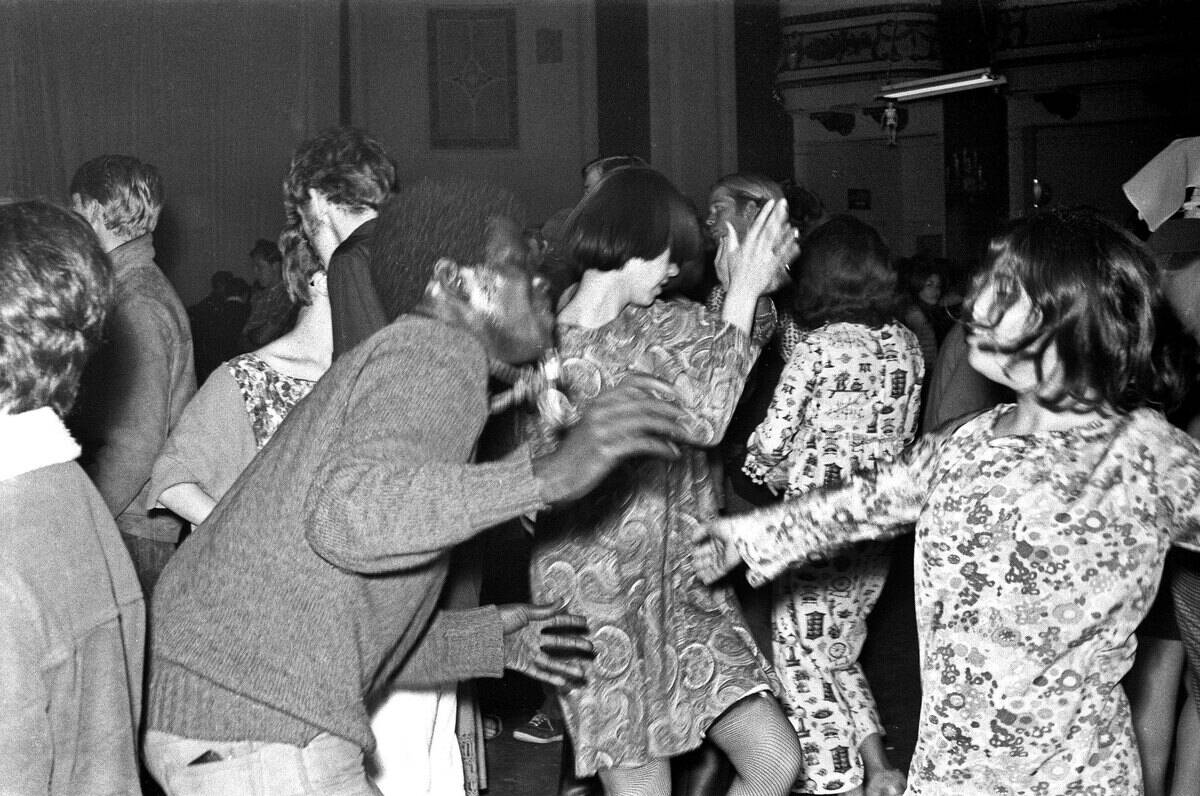
Rock and roll faced its share of controversies and criticisms, often perceived as a threat to traditional values. Critics claimed it promoted immorality and juvenile delinquency, while others saw it as a catalyst for social change. Despite these challenges, the genre persisted, with its rebellious spirit and passionate fanbase ultimately proving its resilience and cultural significance.
The British Influence: From Skiffle to Rock
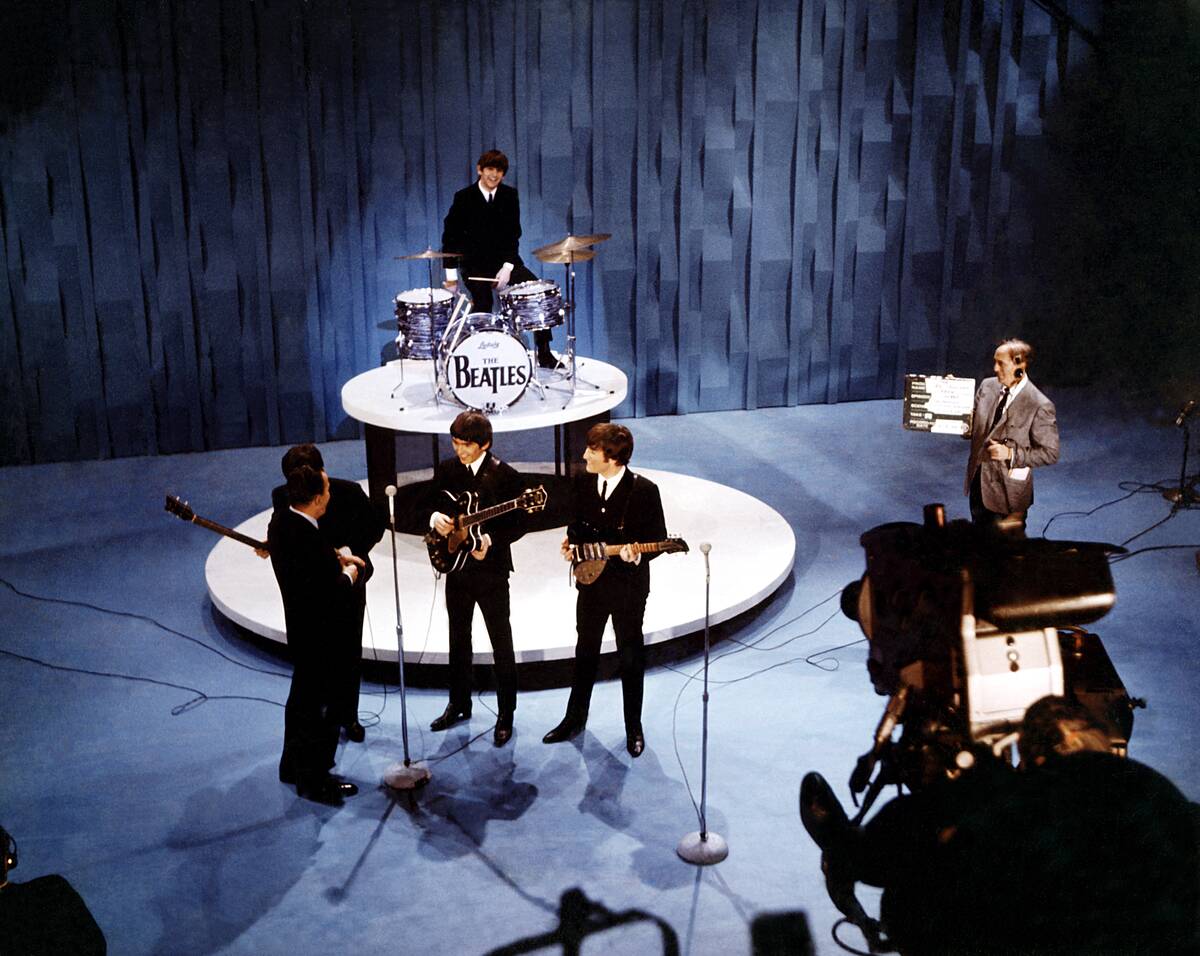
The British influence on rock and roll was profound, with skiffle music paving the way for a new wave of artists. Bands like The Beatles and The Rolling Stones drew inspiration from American rock and roll, adding their unique twist. This ‘British Invasion’ introduced fresh sounds and styles, reinvigorating the genre and solidifying its global appeal, as British bands dominated charts and captivated audiences worldwide.
The Evolution of Rock and Roll into the 1960s
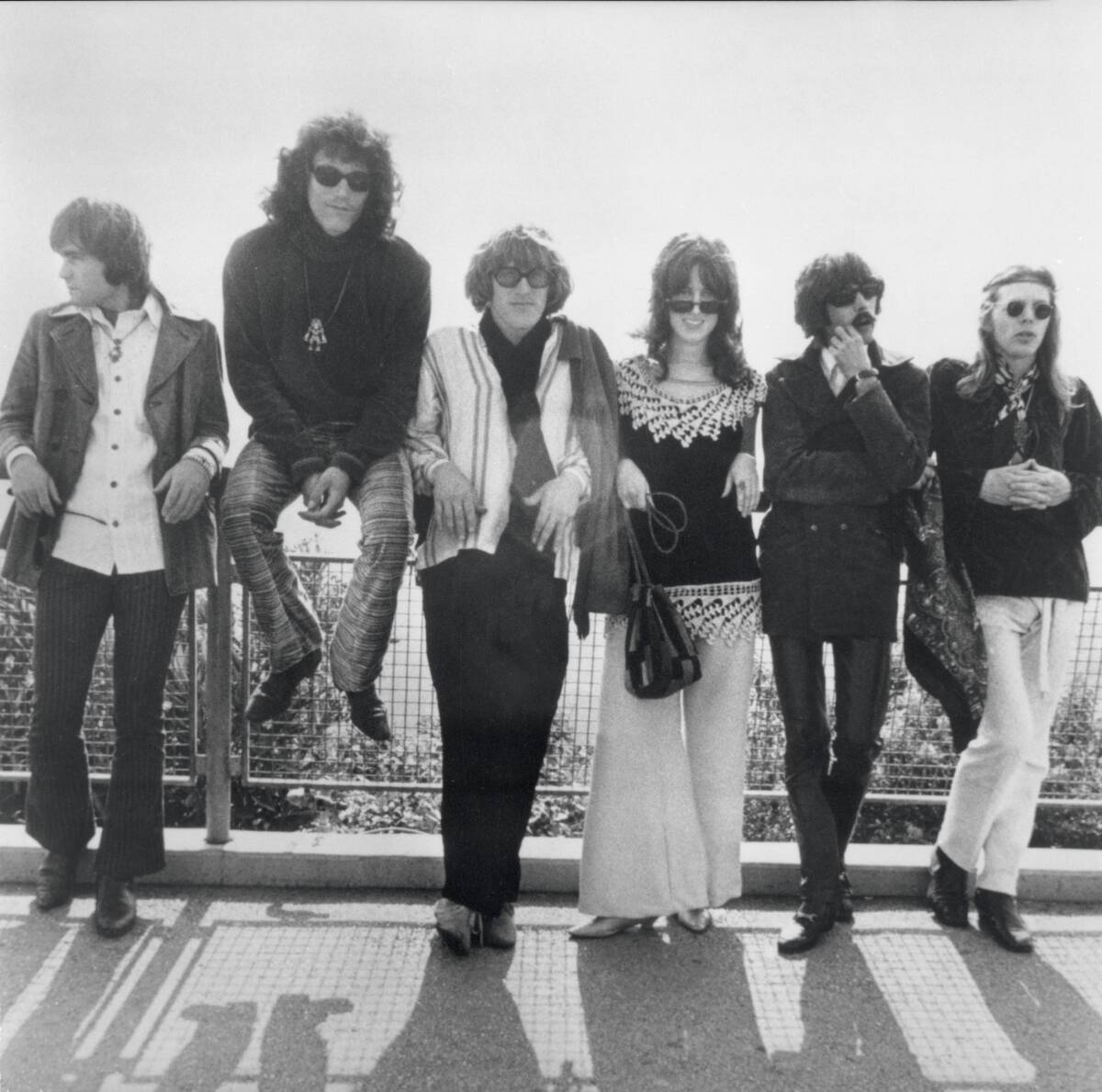
As rock and roll evolved into the 1960s, it diversified into various subgenres, reflecting the changing times. Psychedelic rock, folk rock, and surf rock emerged, each bringing new influences and expanding the genre’s scope. Artists experimented with more complex themes and innovative sounds, pushing the boundaries of creativity and ensuring rock and roll’s enduring impact on music and culture.



